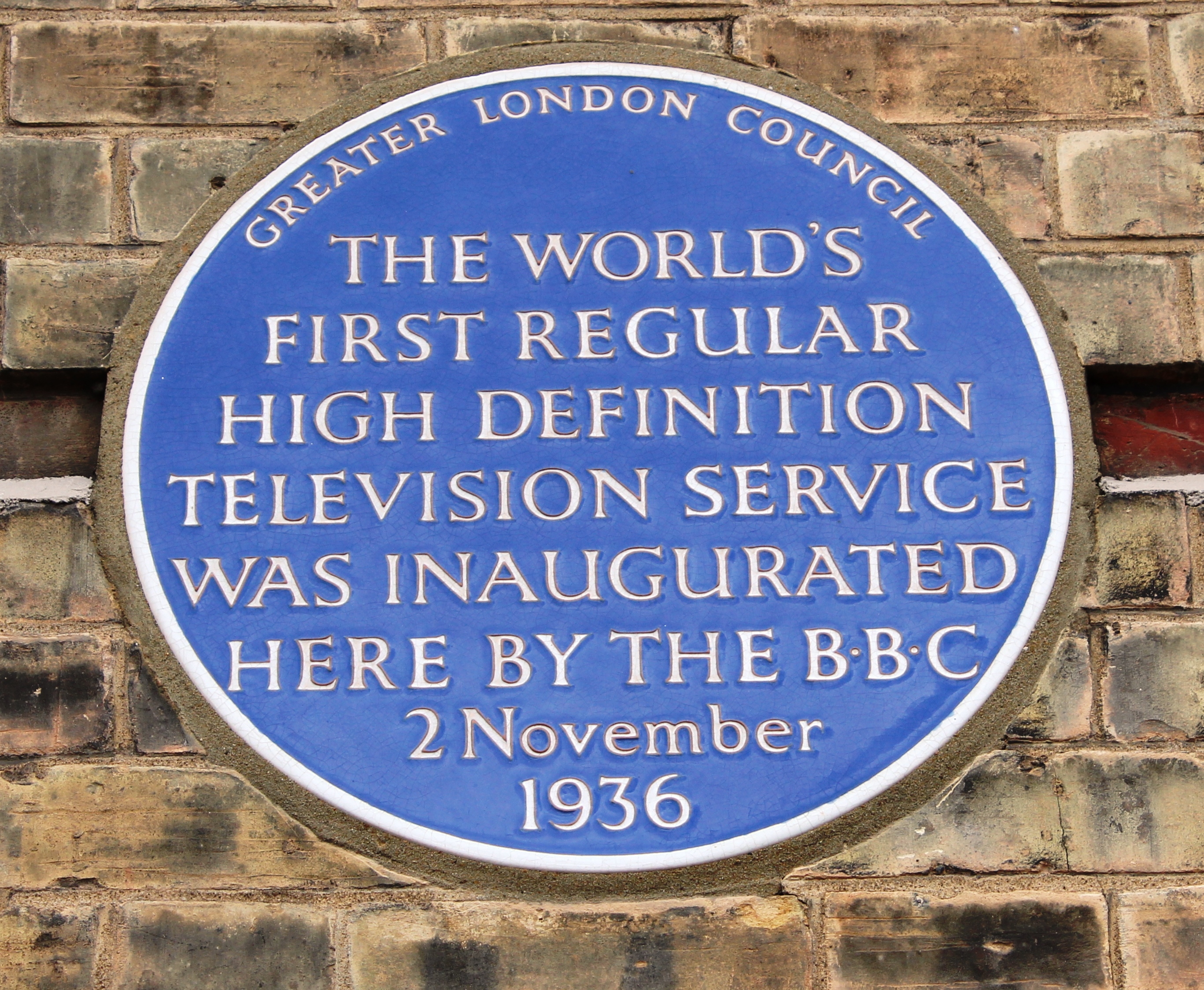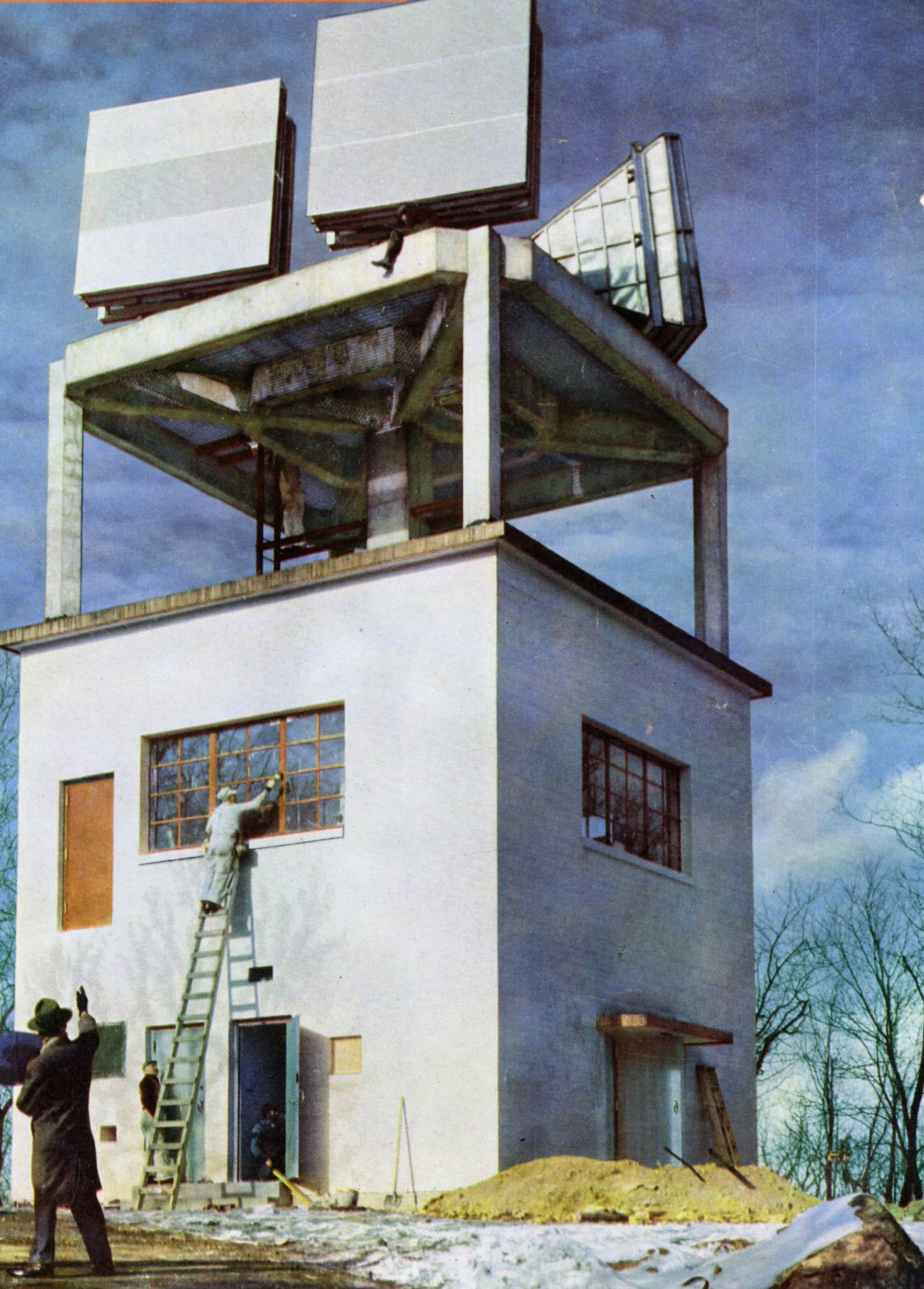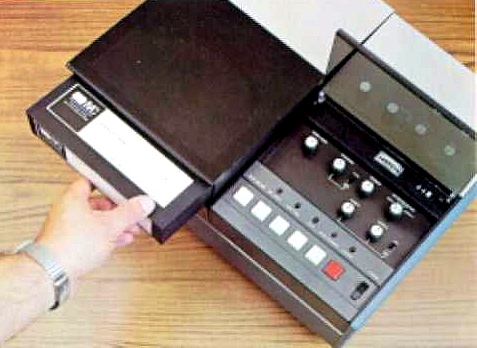This Month in Broadcast History—November
The world’s first regular "HDTV" service was launched 86 years ago this month

86 Years Ago - Nov. 2, 1936: Following 18 months of breakneck construction, testing and hiring, the British Broadcasting Corp. launched the world’s first regularly scheduled “high-definition” television service. (Germany started TV broadcasts a year earlier, but with 180 lines.)
The BBC startup was complicated slightly by a government requirement to give two competing television companies (and standards) an equal opportunity to prove themselves worthy of adoption. An agreement was struck in which the competitors would take turns in providing TV service during an initial trial period.
Television pioneer John Logie Baird won the toss of a coin, and precisely at 3:00 p.m. the station’s “Vision On” and “Sound On” signs were illuminated, and his 240-line mechanically-scanned signals left the 200-foot “mast” at the Alexandra Palace event venue on its way to the small number of television “aerials” erected by early TV adopters in the greater London area.
Baird’s competitor, EMI, with its higher-resolution all-electronic television system was ultimately declared the winner. The 405-line/50-field/AM sound standard developed by EMI remained in use—with an interruption caused by WWII—until 1985. A special “Television Song” was commissioned in connection with the startup of the BBC’s service, with British vocalist Adele Dixon performing the composition in the inaugural broadcast.
A film of her performance about “the magic rays of light that bring television to you” is available at https://www.youtube.com/watch?v=9Rpfek-F8Rw. In addition to capturing Dixon’s performance, the film also provides a look at the 1936 television facility’s technical operations.
OTHER NEWS FROM TV’S PAST:
75 Years Ago – November 1947: Just a few weeks after General Electric switched on its private microwave link to connect its WRGB Schenectady television station with the new AT&T Long Lines video switching center in Manhattan, AT&T inaugurated its own eight-hop microwave radio linkage constructed between New York City and Boston. (AT&T deemed their microwave video carriage “experiment” successful and started redrawing plans to augment its planned intercity video coaxial cable linkage with microwave repeaters.)
The professional video industry's #1 source for news, trends and product and tech information. Sign up below.

In other news, in addition to the postwar interest in television station construction, the FCC has been receiving an increasingly large number of applications for new AM and FM stations. The Commission, concerned that there will not be enough commercial call signs to go around, issued a news release encouraging “economy” in requests for new station call signs, existing AM licensees asked to append their main AM call signs with an “FM” or “TV” suffix instead of requesting totally separate calls. Such suffixes would also be applicable for new “standalone” FM or TV stations, resulting in six-letter calls; i.e., WXXX-TV.
50 Years Ago – November 1972 : A next-gen videotape “format war” is underway, with IVC joining Sony in exhibiting a self-threading videocassette machine at the National Association of Educational Broadcasters convention in Las Vegas. IVC’s new VCR-100 series utilizes 1-inch tape, as opposed to the 3/4-inch used by Sony in their U-Matic cassette machines. According to IVC, their machines are intended for “the top end of the closed-circuit television market,” but would also be at home in broadcast and cable TV applications.

The company stressed that the tapes are backward-compatible with all previous IVC machines as the format is the same—just packaged differently. Meanwhile, Sony announced that it expected to produce at least 100,000 U-Matic machines before year’s end, and had broken ground on a new plant to keep up with the demand. (Sony’s U-Matics cost about half of the $2,700 introductory price announced by IVC for the color version of their VCR-100.)
25 Years Ago – November 1997: Although transitioning to a digital television platform is now “the law of the land,” there is still a lot of uncertainty as to exactly how this will be done and what form it will take. The initial goal was to bring high-definition video to consumers’ homes, but this has morphed a bit as some broadcasters are considering going with a 480-line SD “main” signal and equally standard-definition ancillary programming streams.
Others are considering going on the air with a “fake” HD signal generated by upconverter devices now reaching the market. Even the networks are in a quandary as to what to do. This “HD uncertainty” is reflected in a recent study from the Cambridge, Mass.-based Forrester Research organization, which found that even though most broadcasters were willing to spend sizeable sums to upgrade to digital and/or HD, they could expect to lose viewers to cable once they commenced transmitting digital signals. According to the study’s 10-year consumer viewing habit projection:
"Local stations will find their antenna and transmitter adjustments go for naught as 71 percent of households in 2007 eschew rabbit ears in favor of cable's broad offerings."
James E. O’Neal has more than 50 years of experience in the broadcast arena, serving for nearly 37 years as a television broadcast engineer and, following his retirement from that field in 2005, moving into journalism as technology editor for TV Technology for almost the next decade. He continues to provide content for this publication, as well as sister publication Radio World, and others. He authored the chapter on HF shortwave radio for the 11th Edition of the NAB Engineering Handbook, and serves as contributing editor of the IEEE’s Broadcast Technology publication, and as associate editor of the SMPTE Motion Imaging Journal. He is a SMPTE Life Fellow, and a member of the SBE and Life Senior Member of the IEEE.


